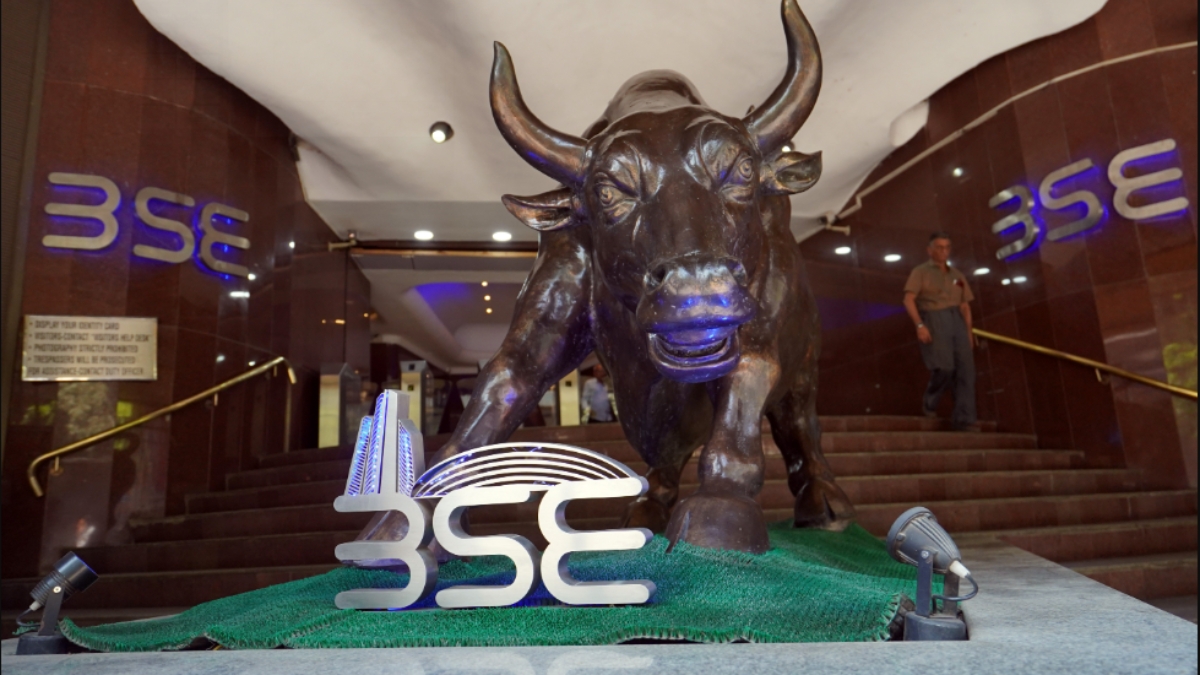Indian stock markets ended the session on a strong note, buoyed by a decisive victory of the BJP-led Mahayuti Alliance in Maharashtra and robust short covering. This drove broad-based gains across all sectors, even as the indices pared some intraday highs. At close, the Sensex rose 992.74 points, or 1.25 per cent, to 80,109.85, while the Nifty gained 314.60 points, or 1.32 per cent, to end at 24,221.90.
The rally was particularly significant, given the challenging market conditions over the past couple of weeks. Both Sensex and Nifty had been on a declining trajectory since the end of September. After hitting a record high on September 27, both indices have slipped more than 10 per cent.
Analysts attribute much of this decline to the actions of Foreign Institutional Investors (FIIs). These are overseas entities or individuals who buy or sell Indian stocks and bonds to diversify their portfolios. So far in November, FIIs have sold a significant portion of their holdings in India, amounting to approximately $4.06 billion, according to NSE data.
This foreign investment outflow has also placed pressure on the Indian rupee. As overseas investors convert their rupee holdings to dollars, demand for foreign currency rises. This increased demand has led to the rupee depreciating to a record low against the US dollar.
Foreign investors leaving India
Foreign Institutional Investors have often been considered a key driver of stock markets globally, and India is no exception. However, this year, FIIs have sold over $34 billion worth of shares and other assets. In the last 11 months, they were net buyers in just four months, with the peak in September when they infused $1.8 billion.
Since then, their selling has been relentless. In October, FIIs sold a record $13.5 billion in holdings, and the trend has continued into November.
Why are FIIs exiting?
Impact Shorts
More ShortsSeveral factors are driving FIIs out of Indian markets. Globally, the US presidential elections this month created uncertainty, prompting investors to withdraw from emerging markets and shift to safer assets like US government treasuries.
Additionally, the possibility of a new Trump administration, with its protectionist policies and high tariffs, has raised concerns. Analysts believe this could lead to higher inflation and interest rates, making global markets less attractive to investors.
China is another factor. Its economic slowdown and insufficient stimulus measures have redirected some foreign investors seeking higher returns elsewhere.
On the domestic front, Indian stock markets, which have shown significant growth over the past few years, may now be perceived as overvalued. Before the decline in September, both Sensex and Nifty touched record highs. This, coupled with lacklustre corporate earnings, has reinforced the perception. According to ICICI Direct, profits for Indian companies grew by just 3.6 per cent in the July-September quarter, the slowest in over four years, while expenses have risen.
Domestic investors step up
While foreign investors exit, domestic institutional investors (DIIs)—including mutual funds, insurance companies, pension funds, and banks—are stepping up. DIIs have poured record amounts into Indian equities. As of the September quarter, DIIs hold about 16% of the Indian stock market, slightly below FIIs, who hold 16.4 per cent.
Experts highlight that DIIs and retail investors are playing an increasingly stabilising role in the Indian stock market. Despite substantial sell-offs by FIIs, Sensex and Nifty only declined by 6% in October.
Some analysts view the recent decline as a buying opportunity, with lower stock prices presenting attractive entry points. Others believe the FII outflows are a temporary, tactical adjustment rather than a long-term trend. Citing India’s strong economic growth potential, they remain optimistic about the market’s long-term prospects.
For instance, Goldman Sachs predicts the Nifty could rise by about 3 per cent over the next three months. Thus, while some foreign investors offload Indian stocks, analysts do not expect this trend to last. Meanwhile, domestic investors are providing much-needed support to the market.


)

)
)
)
)
)
)
)
)



